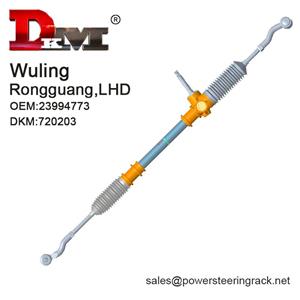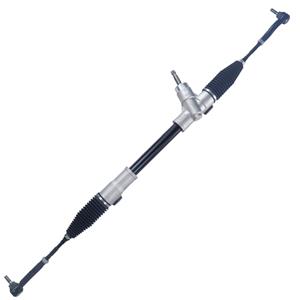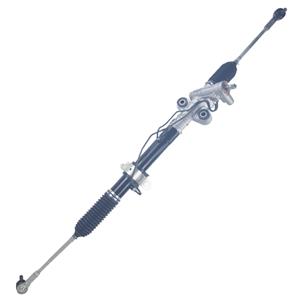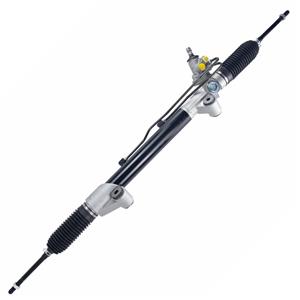-
When the system fails, steering wheel operation becomes extremely difficult, especially when driving at low speeds or parking. This is because without the hydraulic power assistance, the driver needs to rely entirely on their own strength to turn the steering wheel, and without the help of the hydraulic system, the amount of force required to turn the steering wheel may increase significantly.
-
Amber or light yellow power steering fluid is usually a mineral oil-based power steering fluid. This fluid is usually a clear light yellow or light amber color when new, and it may gradually darken to a darker amber or brown color over time.
-
The launch of the power steering system is an important part of its innovation history. General Motors officially launched the power steering system in 1951, and it was first used in some models of the Cadillac brand.
-
Positive locking means that in a rack and pinion steering system, a specially designed locking device is used to automatically lock or limit the steering angle under certain conditions to prevent the vehicle from oversteering or steering out of control.
-
Although rack and pinion steering systems are still widely used in passenger cars and small commercial vehicles, other types of steering systems, such as recirculating ball steering systems and Electric Power Steering (EPS) systems, have gradually taken over the market in some high-end models, heavy vehicles and off-road vehicles.
-
In response to the question of "Can you replace only the rack without replacing the pinion?", the answer is usually no. This is not only because the two are closely connected in mechanical structure, but more importantly, replacing the rack or pinion alone may cause a series of problems, affecting the overall performance and safety of the steering system.
-
2002-2025
Do racing cars have power steering?
Whether a car is equipped with power steering depends on many factors, including the type of car, the nature of the competition, and the needs and preferences of the drivers. Although power steering can reduce driver fatigue and improve handling stability, it can also increase the weight and complexity of the vehicle and reduce steering feedback.
-
The answer is yes, the electric power steering system is indeed equipped with a fuse. In fact, most electronic systems in modern cars, including EPS, have dedicated fuses or relays. The main function of the fuse is to protect the circuit from damage to the system due to excessive current or circuit short circuit.
-
Chevrolet officially launched the power steering system in 1953. This time point is of great significance, marking an important step for Chevrolet in technological innovation. In 1953, Chevrolet's representative model, the Chevrolet Corvette, was launched as the brand's first two-seater sports car.
-
In 1965, Ford introduced the Ford Mustang, which became the first mass-produced American model to widely adopt rack-and-pinion steering. The launch of the Ford Mustang marked an important step for American automakers in steering technology and also represented the increasing demand for better handling in the U.S. market.




